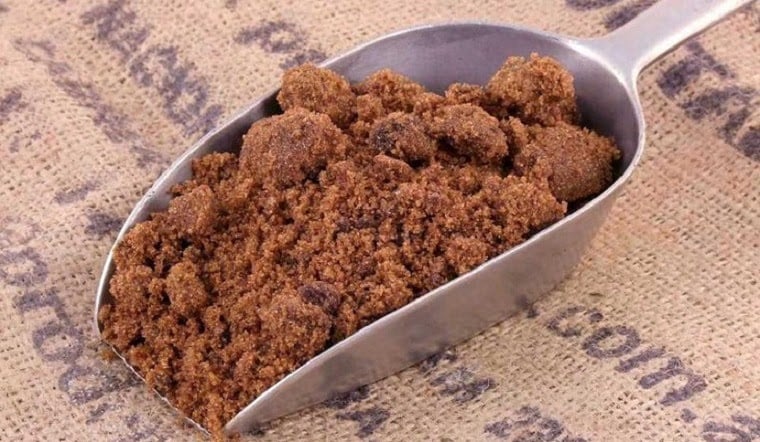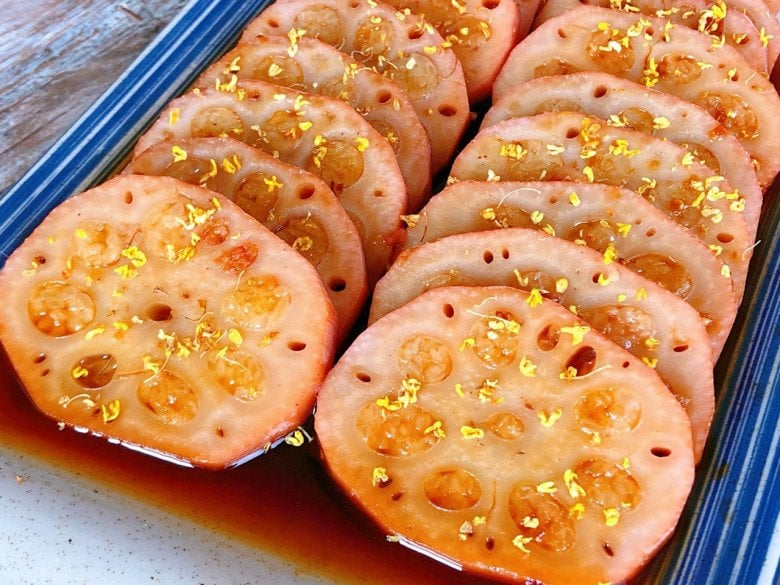“In the *Huangdi Neijing*, a renowned quote states, ‘Qi is the commander of blood, and blood is the mother of qi.’ This quote highlights the intimate connection between qi and blood. Qi is regarded as the leader of blood and plays a crucial role in promoting blood circulation. Conversely, blood nourishes qi. When qi and blood are in disharmony, various illnesses may arise. However, when they are abundant, health improves, and ailments dissipate.”

Blackstrap molasses is extracted from sugarcane and has higher iron, calcium, vitamin B complex, and other nutrient content than jujubes and astragalus.
“To maintain a youthful appearance, it is essential to consume foods that improve qi and blood circulation. One such food introduced today surpasses jujubes in taste and is even more nutritious than astragalus. This folk remedy, known as ‘the blood-boosting expert,’ is none other than blackstrap molasses—a familiar and accessible ingredient.”
“Blackstrap molasses is derived from sugarcane and boasts higher iron, calcium, and vitamin B complex content than jujubes or astragalus, making it even more effective in boosting qi and blood health.”
Stuffed Lotus Root with Blackstrap Molasses
Ingredients:
– Lotus root: 2-3 roots
– Glutinous rice: 500g
– Blackstrap molasses: 100g
– Water: as needed
Preparation:
Step 1: Choose lotus roots with a slightly yellow hue, as they tend to be older and ideal for this dish. Clean and rinse the roots thoroughly after purchasing.
Step 2: Rinse the glutinous rice and give it a quick wash. Soak the rice in clean water for about 10 minutes, then drain. Avoid soaking for too long, as over-soaking can make the rice mushy, affecting the texture and taste of the dish. Remember to let the rice drain well after soaking.
Step 3: Cut off both ends of the lotus roots to facilitate stuffing the glutinous rice inside. Use a chopstick to help push the rice into the holes if needed. Finally, use toothpicks to secure the cut ends of the lotus roots to prevent the rice from falling out.
Step 4: Pour enough water into a pot, add the blackstrap molasses and lotus roots, and bring it to a boil over high heat. Reduce the heat and simmer the lotus roots for about an hour. Once done, turn off the heat and let the lotus roots steep for another hour to allow the flavors to infuse.
Step 5: After the lotus roots have absorbed the flavors, remove them from the pot, cut them into bite-sized pieces, and arrange them on a plate. Top with a drizzle of the sauce, and your dish is ready to be served. This dish can also be enjoyed cold, and it tastes just as delicious.
Note: When stuffing the glutinous rice into the lotus roots, ensure that it is packed tightly. If the rice is too loose, it may fall out or become mushy during cooking, affecting the dish’s overall taste and presentation.
After cooking, it is best not to serve the dish immediately. Allow the glutinous rice and lotus roots to rest for 1-2 hours to absorb the flavors fully.
Typically, when using 1-2 lotus roots, 100g of blackstrap molasses is sufficient. Using too much molasses can make the dish overly sweet and unpleasant. This dish is usually recommended during winter to boost blood circulation, enhance qi, combat aging, and support overall health.

Typically, when using 1-2 lotus roots, 100g of blackstrap molasses is sufficient.
Notes on Using Blackstrap Molasses:
– Blackstrap molasses has a similar calorie count to white sugar, so consume it in moderation to avoid weight gain and other health issues.
– Despite containing some minerals, blackstrap molasses should not be considered a primary source of nutrition in your daily diet.
– Blackstrap molasses can impact blood sugar levels, so individuals with blood sugar concerns should exercise caution when consuming it.
– The flavor of blackstrap molasses can alter the taste of your dishes, so start with a small amount and adjust according to your personal preference.
– To store blackstrap molasses, keep it in a cool, dry place, away from direct sunlight and high temperatures, to maintain its quality.































